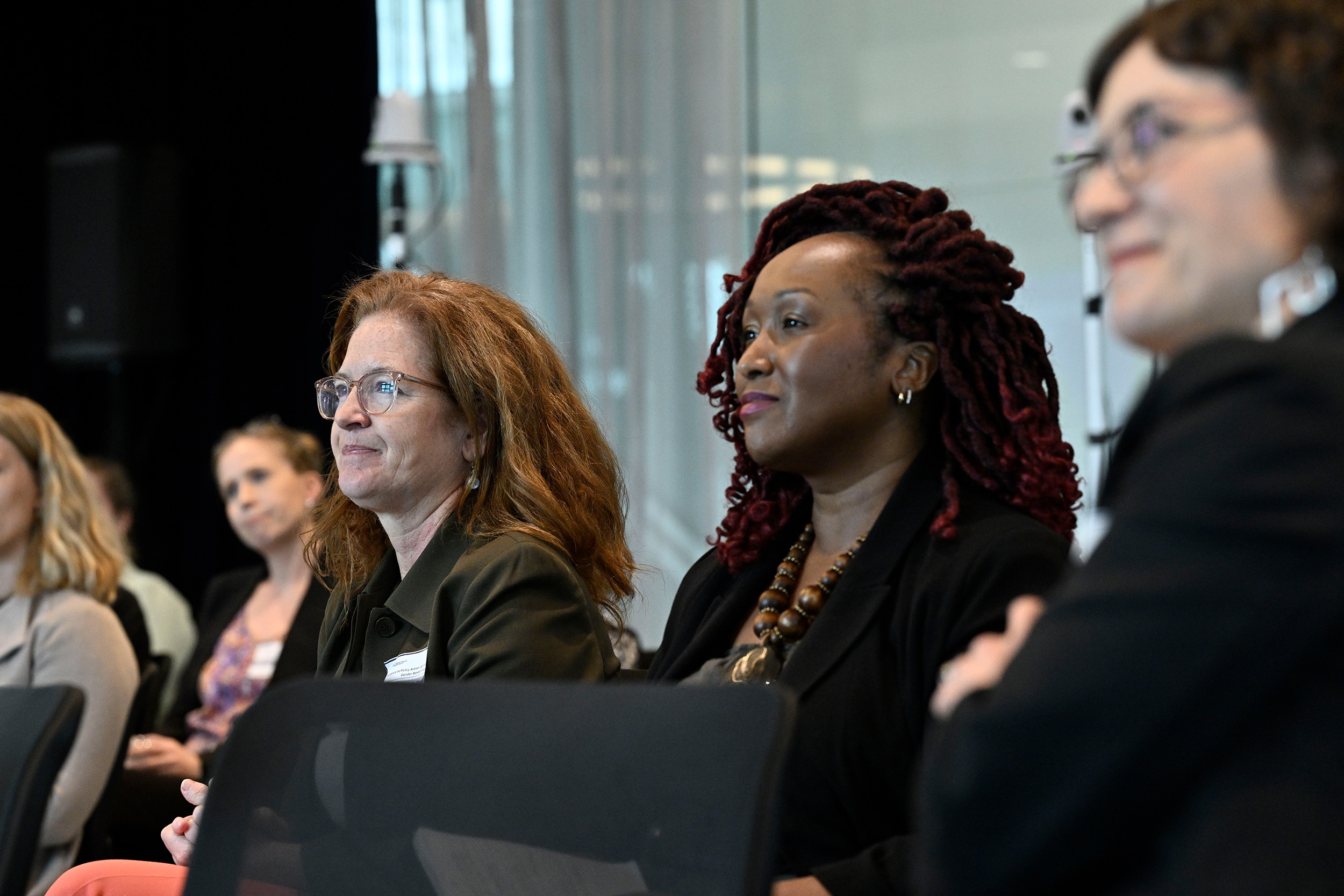World Bank plays a unique role in combatting gender-based violence
As one of the largest sources of funding for developing countries, the World Bank has leverage to help prevent and respond to gender-based violence

- Image Kaveh Sardari
Key Takeaways:
- Nearly a third of women worldwide have experienced gender-based violence, according to the World Health Organization.
- Gender-based violence has significant negative economic effects on communities and countries around the world.
- The World Bank has used its unique position as a global funder of development projects to help combat gender-based violence.
About one in three women worldwide have experienced gender-based violence (GBV) in their lifetime, according to the World Health Organization (WHO). These incidents could be anything from sexual harassment to physical or sexual intimate partner violence to domestic violence or other forms of violence.
In addition to the physical and emotional toll GBV has on survivors, it also has significant economic implications for local communities and even entire countries. GBV can create barriers to economic growth, decrease productivity, and affect a woman’s ability to work. The costs are enormous. Violence against women is estimated to cost $1.5 trillion worldwide, according to the United Nations, and devours up to 3.7% of the gross domestic product in some countries, according to the World Bank.
As one of the leading sources of funding for developing countries, the World Bank has worked with countries and partners to address gender-based violence in a developing context for more than two decades. It has invested more than $300 million in developmental projects—from education to health initiatives—focused on GBV prevention and response, such as The Adolescent Girls Initiative (AGI). The program helps adolescent women transition into the workforce through business development and skills trainings. In Libera, the project trained 2,500 young women, increasing employment by 47%. The World Bank is in a position to combat GBV because many countries seek its funding to reach economic and developmental goals.
“The World Bank has some unique entry points,” said Diana J. Arango, senior gender-based violence and development specialist at the World Bank Group, and speaker at event “Evidence to Action: Igniting Change to End Gender-Based Violence” at the Johns Hopkins University Bloomberg Center. “We know governments won’t be able to meet their project development objectives without recognizing that the women in the community they want to economically empower have also experienced gender-based violence.”
In addition to funding development projects, the World Bank evaluates the effectiveness of GBV interventions at the local and national level. “We have a pipeline of strong analytical work that we can incorporate into operations and make sure that countries are investing wisely,” Arango said.
The World Bank also has combatted GBV through key partnerships with other stakeholders doing the work, Arango said, including United Nations agencies, local and national nonprofits, and other experts and advocates in the space.
“Partnership has been a game-changer for us,” she said. “We need to partner to give the best advice to governments from those who have been working on the ground on these issues for much, much longer than the World Bank has.”
Over the next 10 years, Arango says the World Bank will work to identify gaps it can fill to address GBV and invest in key partnerships to amplify its efforts.
“We want to continue to work in those sectoral entry points that we’ve seen are useful, especially education, social protection, and health care,” she said.